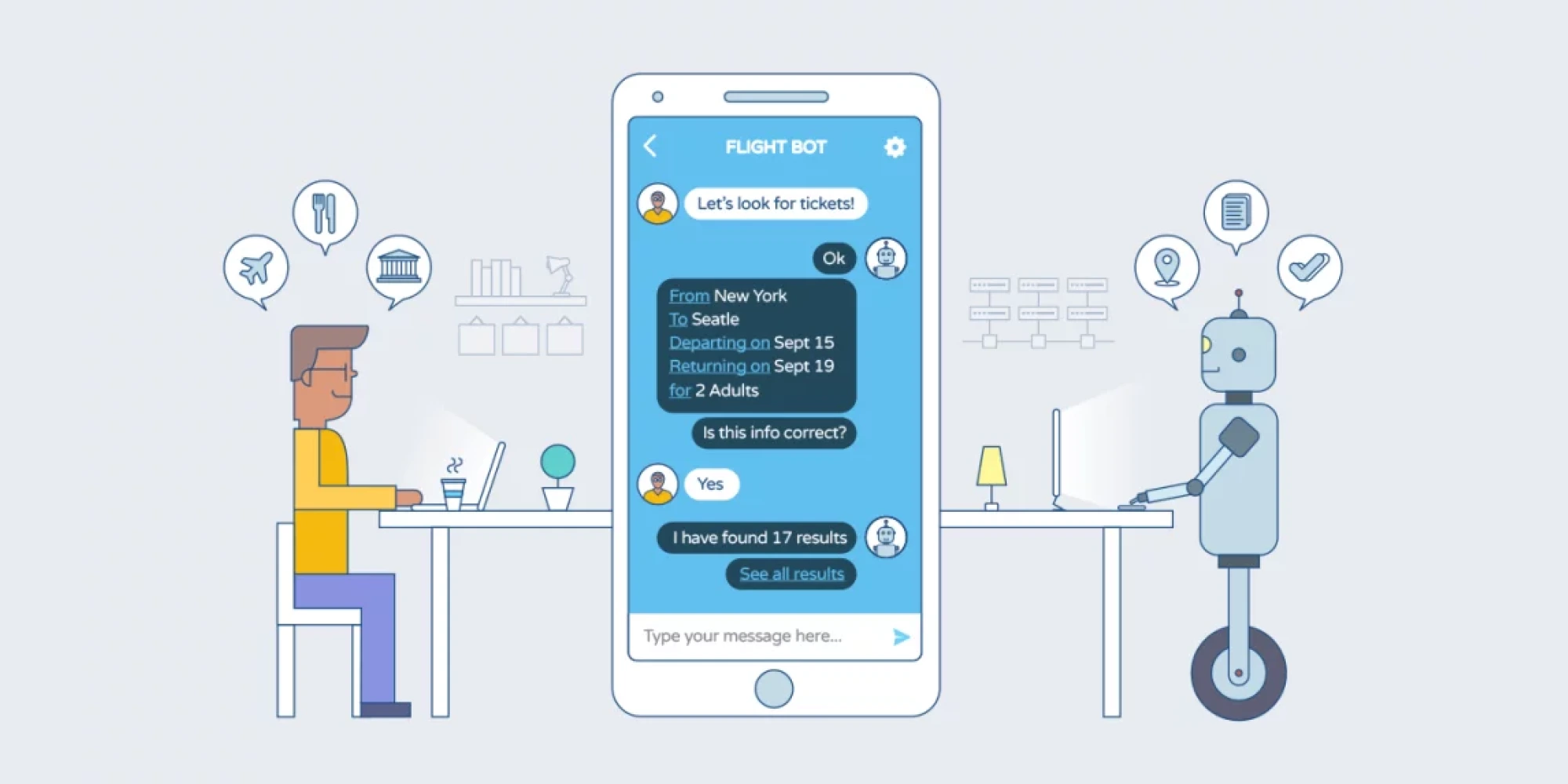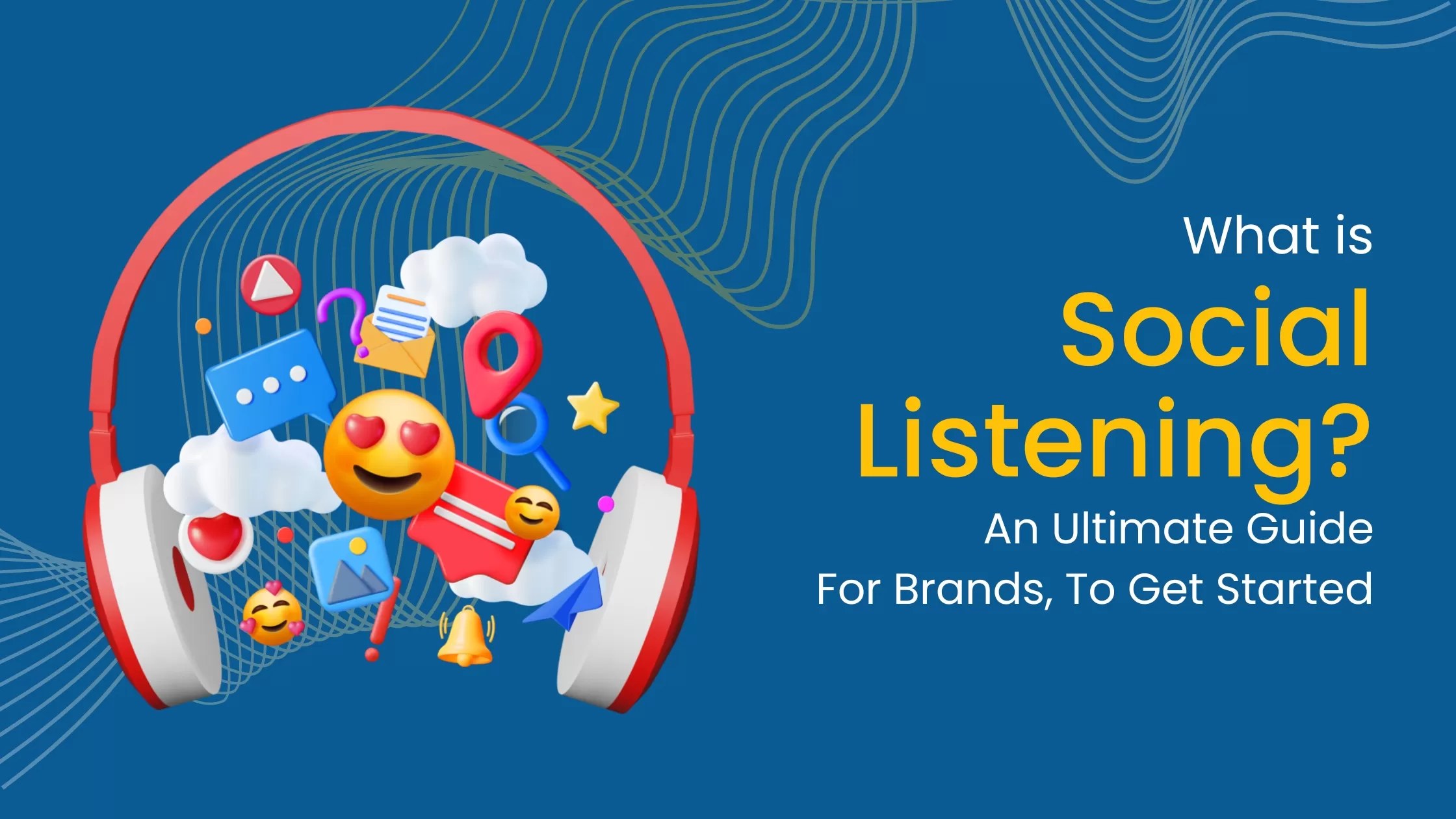09 December
The Role of Chatbots in Enhancing Customer Engagement and Support
published
August 23topics
#AIIntroduction
In today's fast-paced digital landscape, businesses are constantly seeking innovative ways to enhance customer engagement and support. Enter chatbots, the AI-powered virtual assistants that have revolutionized the way brands interact with their customers. From streamlining customer inquiries to providing instant solutions, chatbots have become an integral part of modern customer service strategies. In this blog post, we'll delve into the profound role that chatbots play in enhancing customer engagement and support, exploring their benefits, functionalities, and best practices for successful implementation.
The Evolution of Customer Engagement
Customer engagement has come a long way from traditional call centers and email support. Today's consumers demand quick and personalized interactions with brands, regardless of the time or platform. Chatbots offer a dynamic solution by providing instant responses and tailored assistance, effectively meeting these evolving customer expectations.
Benefits of Chatbots in Customer Engagement and Support
- 24/7 Availability: Unlike human agents, chatbots can operate round-the-clock, ensuring customers receive assistance at any time, even during non-business hours. This uninterrupted availability enhances customer satisfaction and builds brand loyalty
- Instant Responses: Chatbots provide real-time responses to customer queries, reducing wait times and frustration. This immediacy improves the overall customer experience and encourages positive interactions
- Scalability: As businesses grow, managing an increasing volume of customer inquiries becomes challenging. Chatbots can handle multiple conversations simultaneously, ensuring seamless scalability without compromising on quality.
- Consistency and Accuracy: Chatbots are designed to provide consistent and accurate information, minimizing the risk of human errors and discrepancies in responses.
- Cost-Efficiency: Implementing chatbots can significantly reduce operational costs associated with customer support, as they can handle a large number of inquiries without the need for additional human resources.
Functionalities of Chatbots
- FAQs and Information Retrieval: Chatbots excel at answering frequently asked questions, helping customers find the information they need quickly and efficiently
- Order Tracking and Updates: Chatbots can provide real-time updates on order statuses, shipping information, and delivery times, keeping customers informed throughout their purchasing journey
- Issue Resolution: Chatbots can troubleshoot common problems and guide customers through step-by-step solutions, minimizing the need for escalation to human agents
- Personalized Recommendations: Using AI algorithms, chatbots can analyze customer preferences and purchase history to offer personalized product recommendations, enhancing upselling and cross-selling opportunities
- Data Collection and Analysis: Chatbots can gather valuable customer insights and feedback, which businesses can use to refine their products, services, and marketing strategies
Best Practices for Chatbot Implementation
- Clear Purpose: Define the specific roles and responsibilities of your chatbot to ensure it aligns with your customer engagement and support goals
- Seamless Handoff: Implement a smooth transition from chatbot interactions to human agents for complex issues that require human intervention.
- Natural Language Processing (NLP): Invest in advanced NLP technology to enable chatbots to understand and respond to customer inquiries in a human-like manner.
- Constant Learning: Regularly update and train your chatbot with new information to ensure it remains accurate and up-to-date
- User-Friendly Interface: Design an intuitive and user-friendly chatbot interface to enhance the overall customer experience
Implementing Chatbots for Success
- While the potential benefits of chatbots are clear, successful implementation requires careful planning and execution. Here are some key steps to ensure your chatbot enhances customer engagement and support effectively
- Identify Use Cases: Determine the specific tasks and interactions where chatbots can add the most value. This could include handling FAQs, processing orders, providing technical support, or offering product recommendations
- Choose the Right Platform: Select a chatbot platform or framework that aligns with your business needs and technical capabilities. Popular options include platforms like Chatfuel, Dialogflow, and Microsoft Bot Framework
- Craft Conversational Scripts: Develop conversational scripts that reflect your brand's tone and style. Ensure the language is clear, concise, and natural to encourage a seamless interaction
- Integrate your chatbot with existing CRM, e-commerce, and support syst Integrate with Existing Systems:ems to provide accurate and up-to-date information to customers
- Continuous Monitoring and Improvement: Regularly analyze chatbot interactions and customer feedback to identify areas for improvement. Update your chatbot's responses, knowledge base, and capabilities accordingly
- Human Oversight and Escalation: While chatbots handle many tasks autonomously, offer a clear path for customers to reach human agents when needed. Effective handoff ensures a positive customer experience even when issues are complex
- Promote Chatbot Usage: Educate your customers about the availability and benefits of the chatbot. Prominently display chatbot options on your website, social media, and other customer touchpoints
- Data Privacy and Security: Ensure that your chatbot adheres to data privacy regulations and secures customer information. Clearly communicate your data usage and security policies to build trust
Case Studies: Real-World Success Stories
- Sephora: The cosmetics retailer uses a chatbot on their messaging app to assist customers with product recommendations, makeup tips, and reviews. By personalizing interactions and simplifying the shopping process, Sephora's chatbot has significantly boosted customer engagement and sales
- Domino's Pizza: Domino's implemented a chatbot for ordering pizzas, allowing customers to place orders via messaging apps and voice commands. This convenience-led approach has not only increased customer engagement but also streamlined the ordering process.
- H&M: The fashion giant's chatbot engages customers in a fashion quiz, leading to personalized style recommendations and product suggestions. This interactive approach has elevated customer engagement and encouraged more purchases.
Looking Ahead: Future Trends in Chatbots
As technology continues to advance, chatbots are expected to become even more sophisticated and integral to customer engagement and support. Some emerging trends to watch include:
- Advanced AI Capabilities: Chatbots will become better at understanding context, emotions, and nuances in customer interactions, creating more human-like conversations
- Multilingual and Global Support: Chatbots will offer seamless multilingual support, enabling businesses to engage with customers worldwide
- Voice-Enabled Chatbots: Voice-activated chatbots will become more prevalent, leveraging voice recognition technology for natural and hands-free interactions
- Integration with Augmented Reality (AR) and Virtual Reality (VR): Chatbots may integrate with AR and VR technologies, offering immersive and interactive customer experiences
Conclusion
Chatbots have redefined customer engagement and support by offering convenience, immediacy, and personalization. As businesses continue to prioritize customer satisfaction, integrating chatbots into their digital strategies is no longer a luxury but a necessity. By leveraging the power of AI-driven chatbots, brands can build stronger relationships with their customers, streamline support processes, and create memorable experiences that drive long-term success. Incorporating chatbots into your customer engagement and support strategy can undoubtedly transform your business's ability to connect with customers, provide timely solutions, and foster brand loyalty in the digital age.
FAQ's
Q1. How do chatbots enhance customer engagement?
A. Chatbots provide instant responses, personalized interactions, and 24/7 availability. They engage customers in real-time conversations, making the user experience more interactive and responsive.
Q2 . What tasks can chatbots handle in customer support?
A. Chatbots can handle tasks like answering frequently asked questions, providing product information, assisting with troubleshooting, guiding users through processes, and even processing simple transactions.
Q3. Can chatbots handle complex customer issues?
A. While chatbots excel at handling routine and repetitive tasks, they may struggle with complex or emotionally sensitive issues. In such cases, chatbots can seamlessly transfer the conversation to a human agent for more personalized support.
Q4. How do chatbots personalize customer interactions?
A. Chatbots analyze customer data and purchase history to offer tailored recommendations and responses. They can address customers by their names and remember previous interactions, creating a more personalized experience.
Q5. Are chatbots only useful for large businesses?
A. No, chatbots are beneficial for businesses of all sizes. Small businesses can leverage chatbots to provide efficient customer support without requiring a large support team.
Q6. What channels can chatbots operate on?
A. Chatbots can operate on various channels, including websites, mobile apps, social media platforms, messaging apps like Facebook Messenger and WhatsApp, and even voice assistants like Alexa or Google Assistant.
Become Our Next Obsession With Your Project.
Let’s talk
We're excited to discuss your ideas, goals, needs, and dreams. Let's schedule a call.
Start a projectSome topics to look into
discover our blog22 November
02 November






